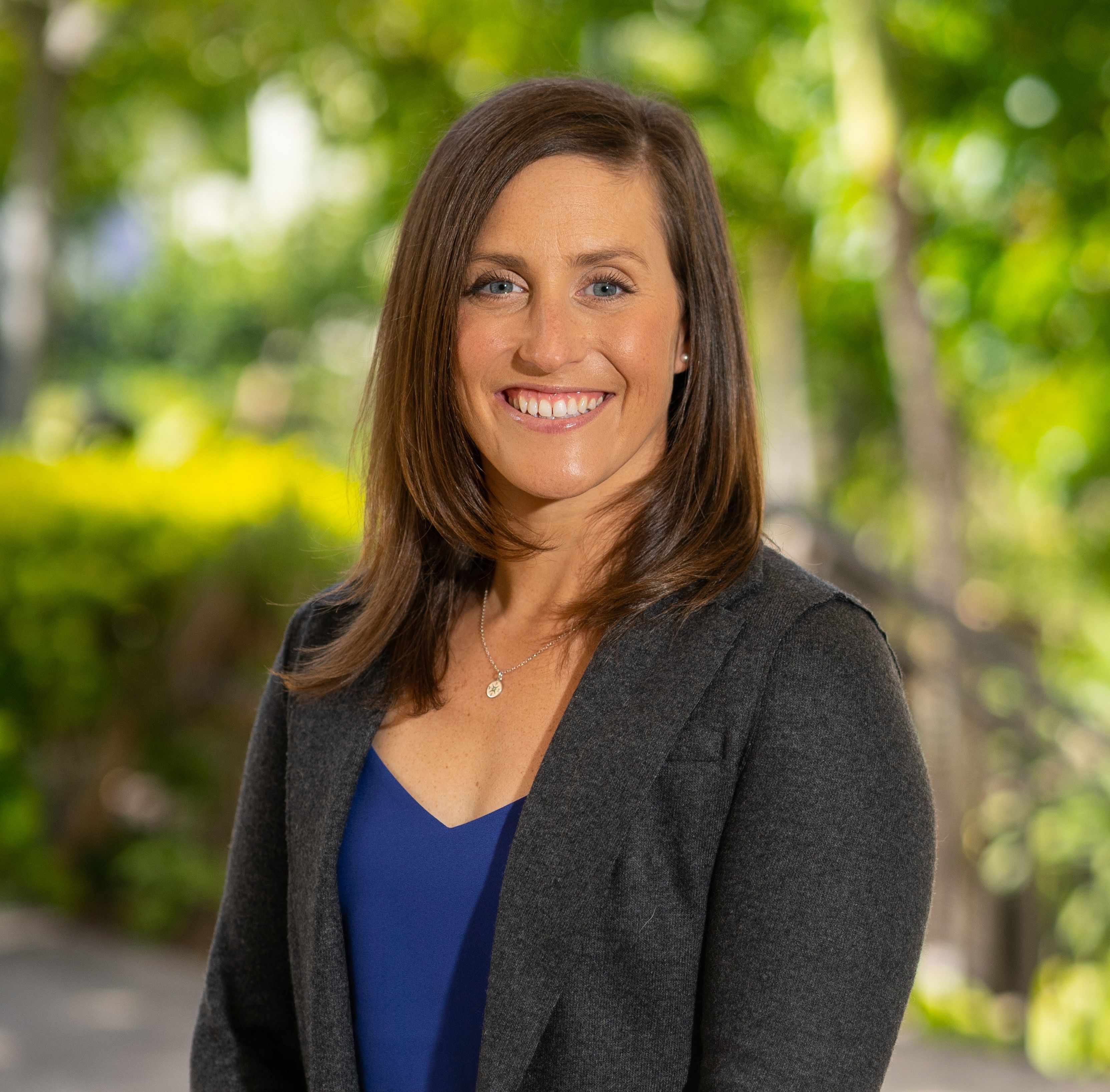William & Mary’s Kate Perrault Uptmor’s Awarded with LECO Pegasus BTX 4D for GCxGC Research Efforts
On June 3, 2024, LECO Corporation announced that Kate Perrault Uptmor is the recipient of a brand-new LECO PegasusBTX 4D with Paradigm Flow Modulator.

Each year, the instrument manufacturer selects one scientist to present a piece of equipment to for their laboratory. This tradition of offering scientists and chemists equipment goes back to 2021, with LECO providing an opportunity for American chemists to obtain a two-dimensional gas chromatography (GCxGC)-enabled Pegasus time of flight mass spectrometer (TOFMS) for their laboratory. Winners are selected based on the application work being performed, the benefit that application area would see from GCxGC instrumentation, and the passion for discovery of the applicant.
“LECO’s Pegasus BTX 4D with Paradigm Flow Modulator is a great fit for the kind of work Dr. Perrault Uptmor is doing in her lab,” John Hayes, separation science product manager at LECO said in a press release. “Based on the lab’s needs, the importance of the work being done, and the genuine passion for GCxGC, we believe she is the most deserving of this state-of-the-art equipment.”
GCxGC is an analytical technique that uses two columns of differing phase selectivity connected by a modulation device. According to LECO’s website, setting up a GCxGC system improves peak capacity, resolution, and detectability. “On average, a GCxGC analysis has five times the sensitivity and gains three times the number of compound identifications of typical GC-MS runs,” the company claims (1).
Perrault Uptmor is an assistant professor of Chemistry at William & Mary, a research university located in Williamsburg, Virginia. Her laboratory typically focuses on nontargeted analysis on highly complex samples, with research studies typically being related to life, health, disease, or death. Current chemical forensic projects from her research laboratory include organic gunshot residue profiling, fingerprint residue characterization, and microbial forensic analysis of decomposing remains for search and recovery/mass disaster applications. Additionally, tandem gas chromatography–time-of-flight mass spectrometry (GCxGC–TOFMS) is used in the laboratory for improving understanding of scent-detection canines as biosensors in operational settings. Currently, Perrault Uptmor’s laboratory is also working on creating translation studies between helium and hydrogen as a greener analytical approach, alongside creating post-processing machine learning strategies for batch and longitudinal GCxGC data.
In 2023, LECO presented Petr Vozka, assistant professor in the Department of Chemistry and Biochemistry at California State University with a GCxGC-enabled Pegasus TOFMS system. Vozka’s win was based around his elaborate working in using GCxGC to study microplastics while traning the next generation of GCxGC users.
“The goal of this program is to not only empower labs that are doing truly amazing work with innovative tools, but also to partner with them in an effort to push the boundaries of innovation in solving complex chemistry problems using LECO’s instrumentation and software,” Farai Rukunda, director of Separation Science Customer Success at LECO said in a press release. “These laboratories are gaining much more than an instrument—they are also gaining access to LECO’s GCxGC support network, which includes leaders in the field of GCxGC technology, software development, method development, and applications.”
Reference
(1) GCxGC. LECO Corporation 2024. https://www.leco.com/technique/gcxgc/ (accessed 2024-6-7)
Study Examines Impact of Zwitterionic Liquid Structures on Volatile Carboxylic Acid Separation in GC
March 28th 2025Iowa State University researchers evaluated imidazolium-based ZILs with sulfonate and triflimide anions to understand the influence of ZILs’ chemical structures on polar analyte separation.







